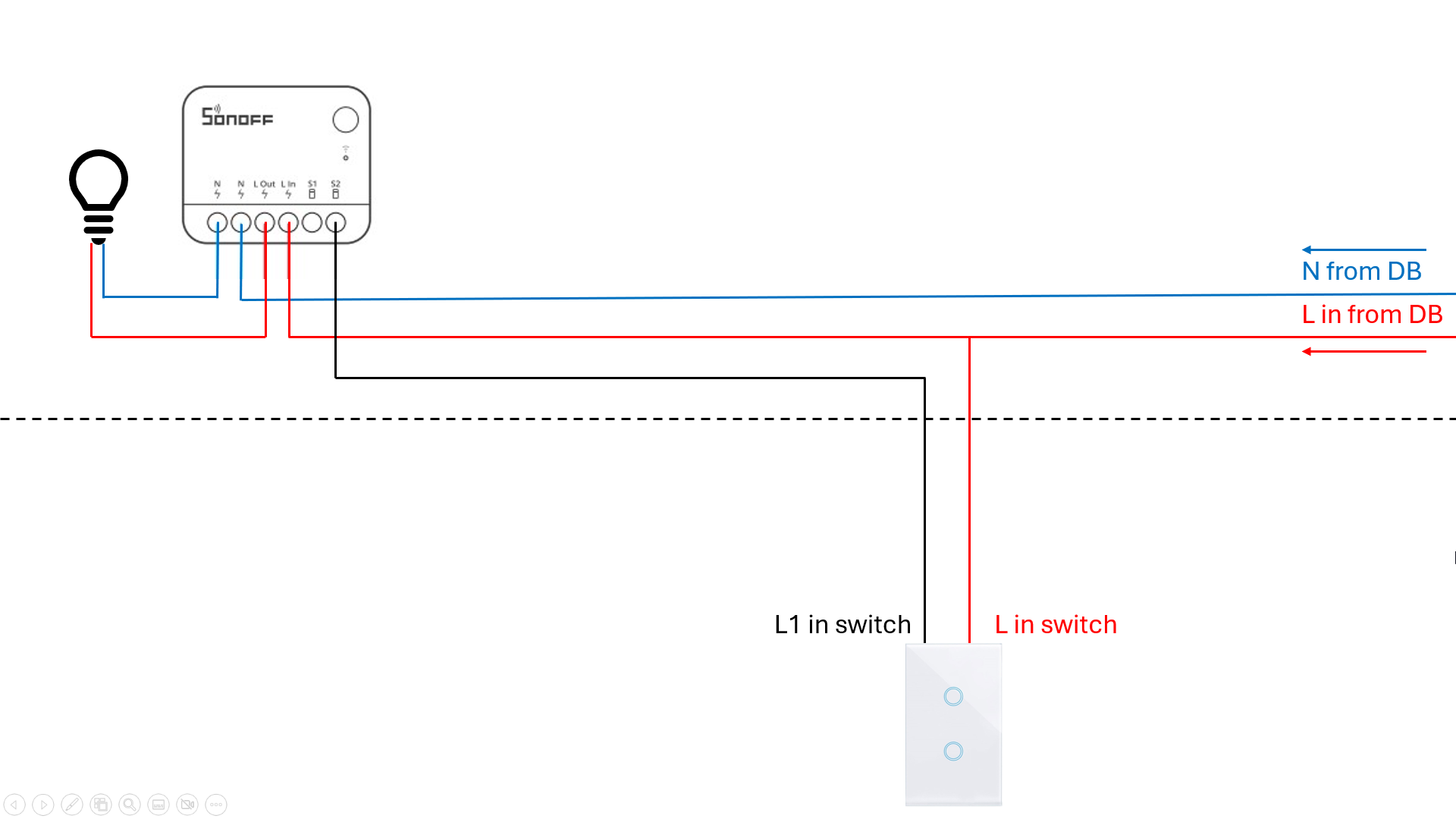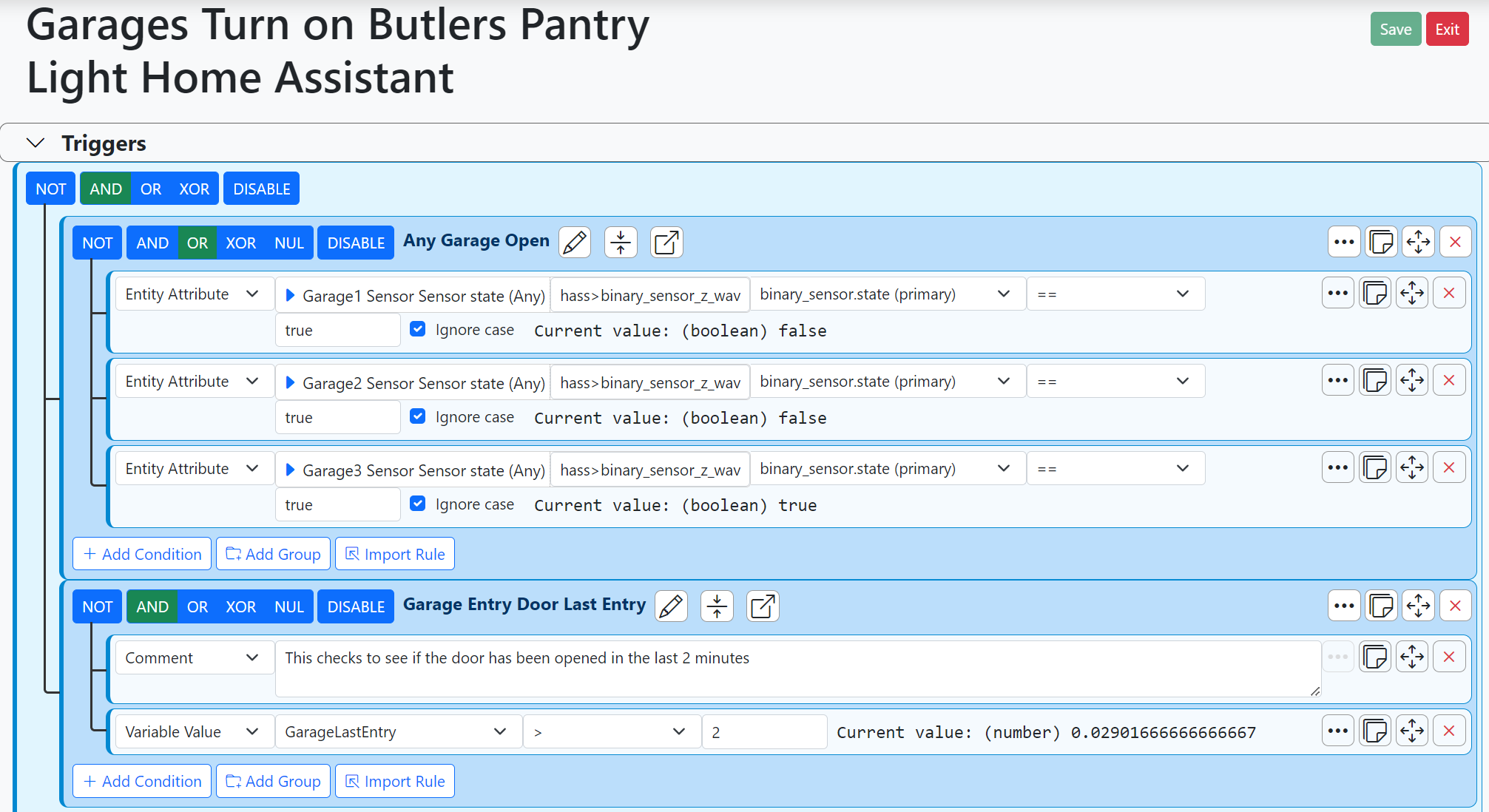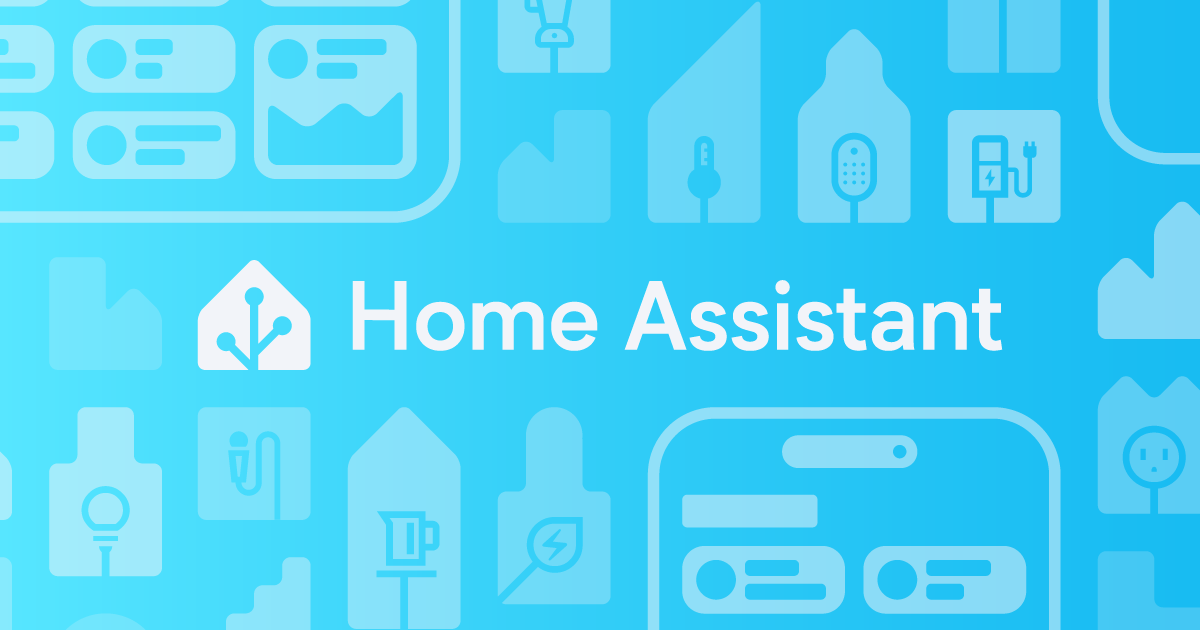zwave 700 series
-
Something interesting,
I have had a zwave700 dongle to play with for some time and have eventually stopped as its firmware and API was not fully developed for controllers. Back then I was the first one to introduce it to the old place's devs.
Now, looking closer into it, I have come to the same conclusion as this post I have linked above.
Because the main benefits of the 700 series are range and power consumption, I understand now that it mostly benefits client devices and that controllers won't see much of any significant improvement if any. This would explains why silabs didn't really focus on developing a controller sdk/stack for these new chips.PS: fishwaldo is the author of openzwave and is considered a more than credible expert and authority in zwave.
-
As you know the new Ezlo product have the 700 series in them. I think the firmware indeed still needs some work as devices that work just fine with a 500 series show some weird behavior on the 700 series, and some 300 device (Everspring door sensor) won't include at all. As I just added a handful of devices to play with this has zero scientific value of course :-).
but maybe a new boost for zwave?
-
I almost got mine to work back on a vera plus:
And ran into vera similar problem. I had managed to transfer my vera zwave network on it and could actuate some of the devices.
I later found out that indeed the sdk does not have a controller API but only a gateway Z/IP API. Aeotec apparently is also releasing a stick for their controller. It uses a faster chip but the big improvement is on the power management and RF TX pulse strength. Bottom line is that it really has no benefit for a controller because the zwave network bandwidth is limited by RF and the range is really more dependent on the devices and the controller's RX than on the controller.TX. It will be great on battery operated sensors but for a controller it is much ado about nothing. It is really much more about cost reduction than it is about user's benefit. The 700 series chipset is half the price of the 500 series.
So from what you are saying.... They are just at the same point I was at with vera almost 1.5-2 years ago.I was pretty ignorant back then and was desperately hoping to find a way to fix the vera so I explored using this. I have since learned that zwave was not the problem... Actually it was not the hardware at all.
-
There is a (very) interesting thread on the HS forum which a few of you may not have read.
Makes me wonder about the 700 series chip as a Controller, but it confirmed my suspicions?edit: Hope I don't get banned for this......

-
Interesting, thanks for posting this!
It does confirm the suspicion that the 700 series offers very little benefit for the controller which is why silabs is only now, a couple of years after releasing the chipset, talking about a non Z/IP SDK.
I know that security adds quite a bit of latency to the network and S2 is very significantly faster than S0 but... with 40% of my 170 node network on S0, mostly security sensors, I am not seeing any significant delays so I don't know what Homeseer is doing. 700 series will definitely process the S2 frames faster for the controller but... is it really the bottleneck? I honestly doubt it for most cases.
If security matters most of the benefit will come from moving devices to 700 series chipset with S2 security inclusion.
The key benefit will be on further extending device battery life. The secondary benefit will be from the reduced mesh relay, reducing latencies. You may be interested to know that from my network analysis, the controller signal can almost always reach the furthest devices on the network. It is the return signal which causes the need for middle man devices. It was true for the vera as it is for z-way. It appears that the battery operated devices in particular are set with fairly low TX power which makes the controller look like their RX sensitivity is too low. Bottom line, is 700series on the controller will not extend their range because this is not a problem to begin with... at least not for the vera or the uzb. The range is limited by the devices TX power. -
@rafale77 said in zwave 700 series:
The range is limited by the devices TX power.
...and controller receive sensitivity? There was a fad a while ago for adding external an antenna to Vera (likely in contravention of FCC rules because of its own TX?)
https://community.getvera.com/t/antenna-on-vera3-extending/172162/21
-
Yes, there was a couple of thread discussing the boosting of the signal strength using an external antenna mod.
The FCC rule is indeed there because these equipments are certified for interferences and health safety as tested. Such modifications negates their certification. What you don't want to have is a signal which is so strong that it covers over all the other signals in the mesh. I remember having some strange issues with the vera switching zwave light but not knowing that the command succeeded, having to move the vera one centimeter here or one centimeter there to fix the problem. zwave 700 will allow for a stronger signal without antenna mod which again will mostly beneficial when used on the devices. Another illustration of this is my recent report of use of zniffer which enabled me to find out that I was receiving my neighbor's hub's signal without CRC error when I decreased RD noise around my own uzb. He is pretty far away... So don't rush to get a 700series controller. It is a moot upgrade for the most part for which the main benefit could be cost reduction. The technical benefit is in upgrading the devices.



 Best Z-Wave dongle for Raspberry Pi 4
Best Z-Wave dongle for Raspberry Pi 4
